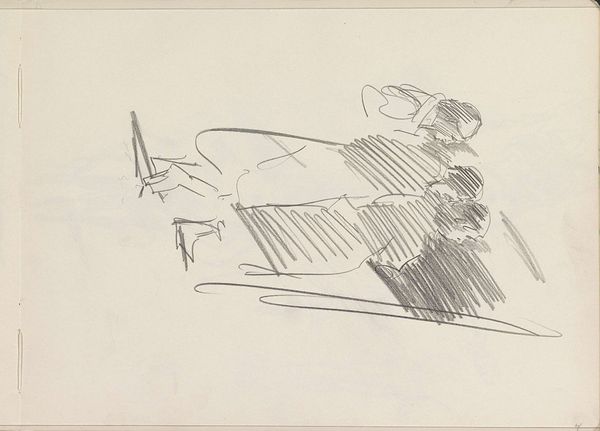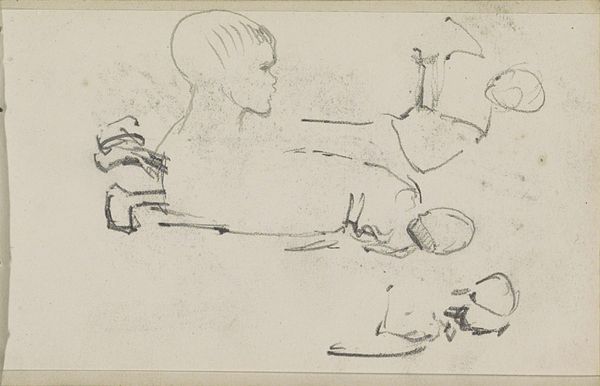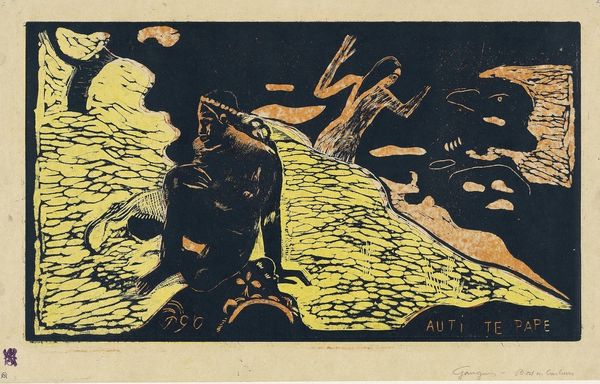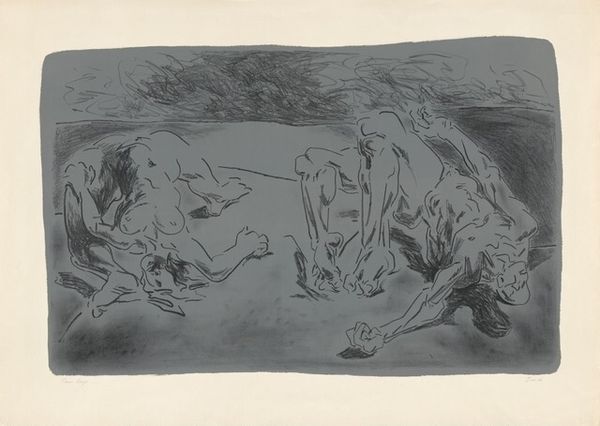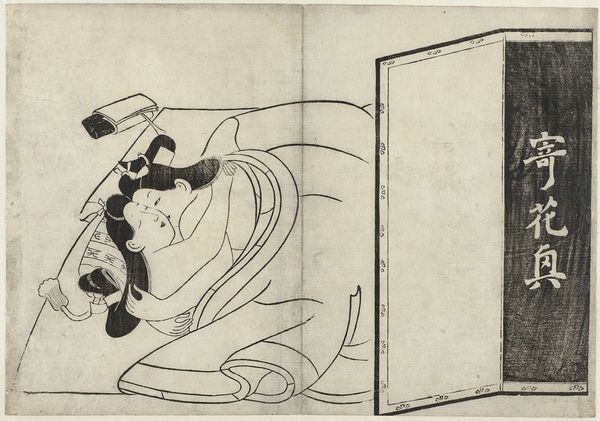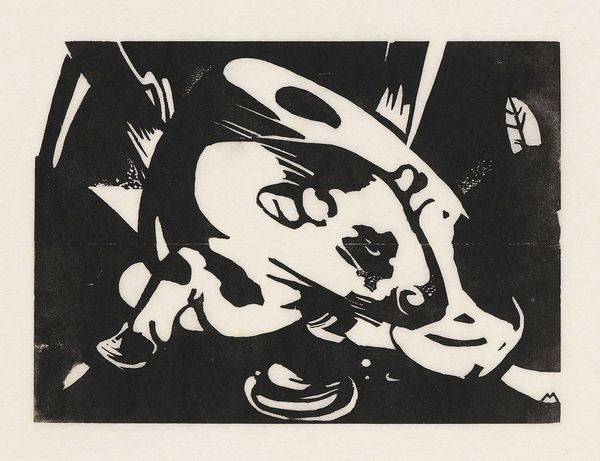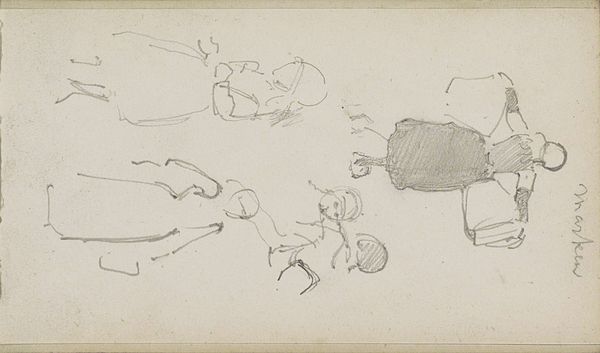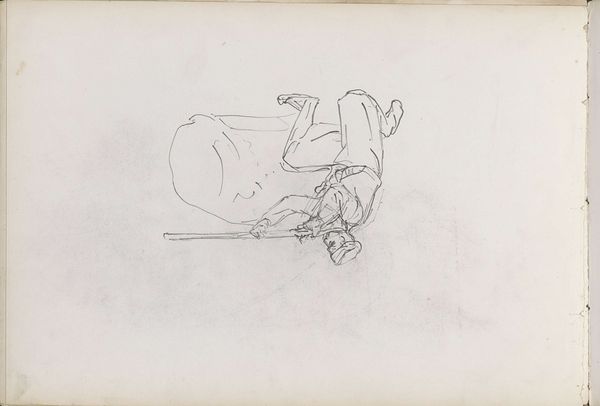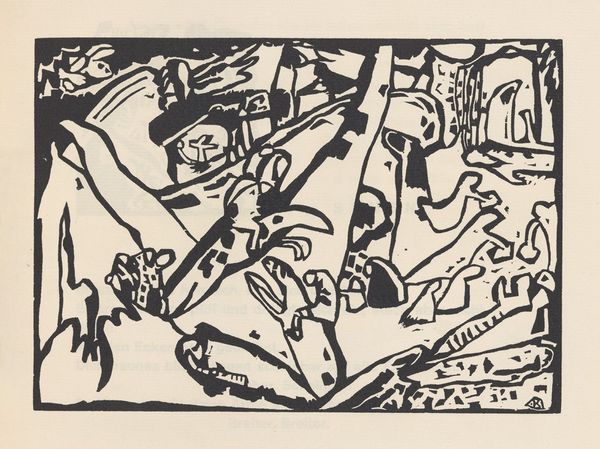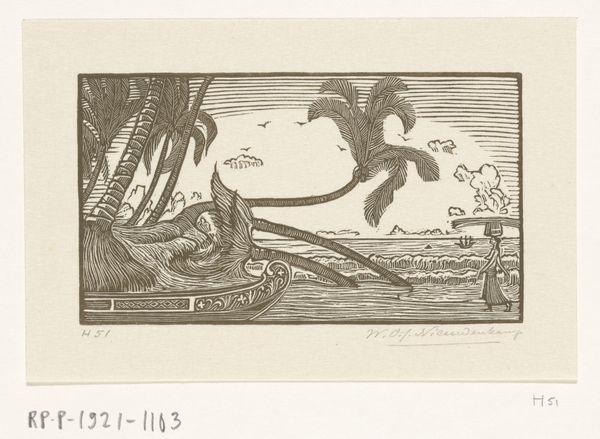
drawing, paper, ink
#
drawing
#
narrative-art
#
caricature
#
ukiyo-e
#
figuration
#
paper
#
ink
Copyright: Toshio Saeki,Fair Use
Editor: We're looking at an untitled piece by Toshio Saeki. It seems to be a drawing made with ink on paper. The high contrast between black and white creates a unsettling, dreamlike effect, amplified by the imagery. How do you interpret this work within a historical context? Curator: Saeki's work is so potent because he challenges societal taboos by engaging in what we could call the politics of imagery. He draws heavily from Ukiyo-e traditions, but distorts them. Notice how the traditional beauty is subverted to create grotesque scenes; How do these depictions of violence against, and sexualisation of, young characters perform? How might they play into contemporary social anxieties, reflecting not just the past, but also future? Editor: That's a very interesting point. The Ukiyo-e influence is clear, yet disturbing in its modern reinterpretation. So, is Saeki critiquing the original art form, or the society that consumes it? Curator: That's precisely the tension at the heart of his work. Saeki presents challenging imagery to force the viewer to confront uncomfortable truths. By displaying those taboo subjects which hide in plain sight, his social commentary can become quite complex: in fact, we might wonder if we, the viewers, in searching for that political meaning, have become complicit in it. What purpose might that ambivalence hold, do you think? Editor: That's a challenging thought! I suppose it avoids didacticism, prompting deeper, more uncomfortable reflections. I'll certainly view Saeki's art with a more critical lens from now on. Curator: And hopefully recognize that the art market is a real player in not only how we value the piece, but also how that political interpretation should form in the present! A fresh perspective, for sure.
Comments
No comments
Be the first to comment and join the conversation on the ultimate creative platform.

